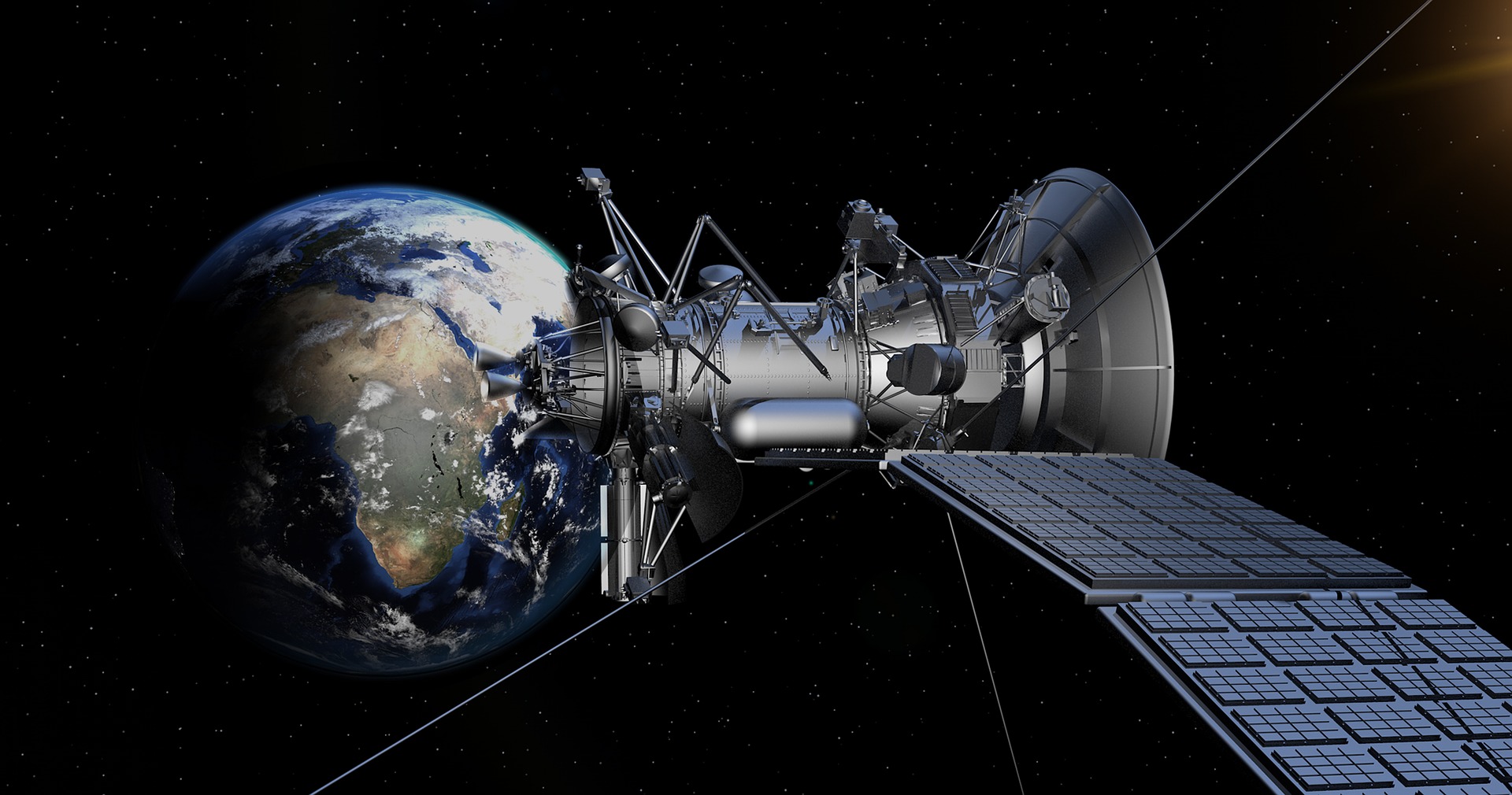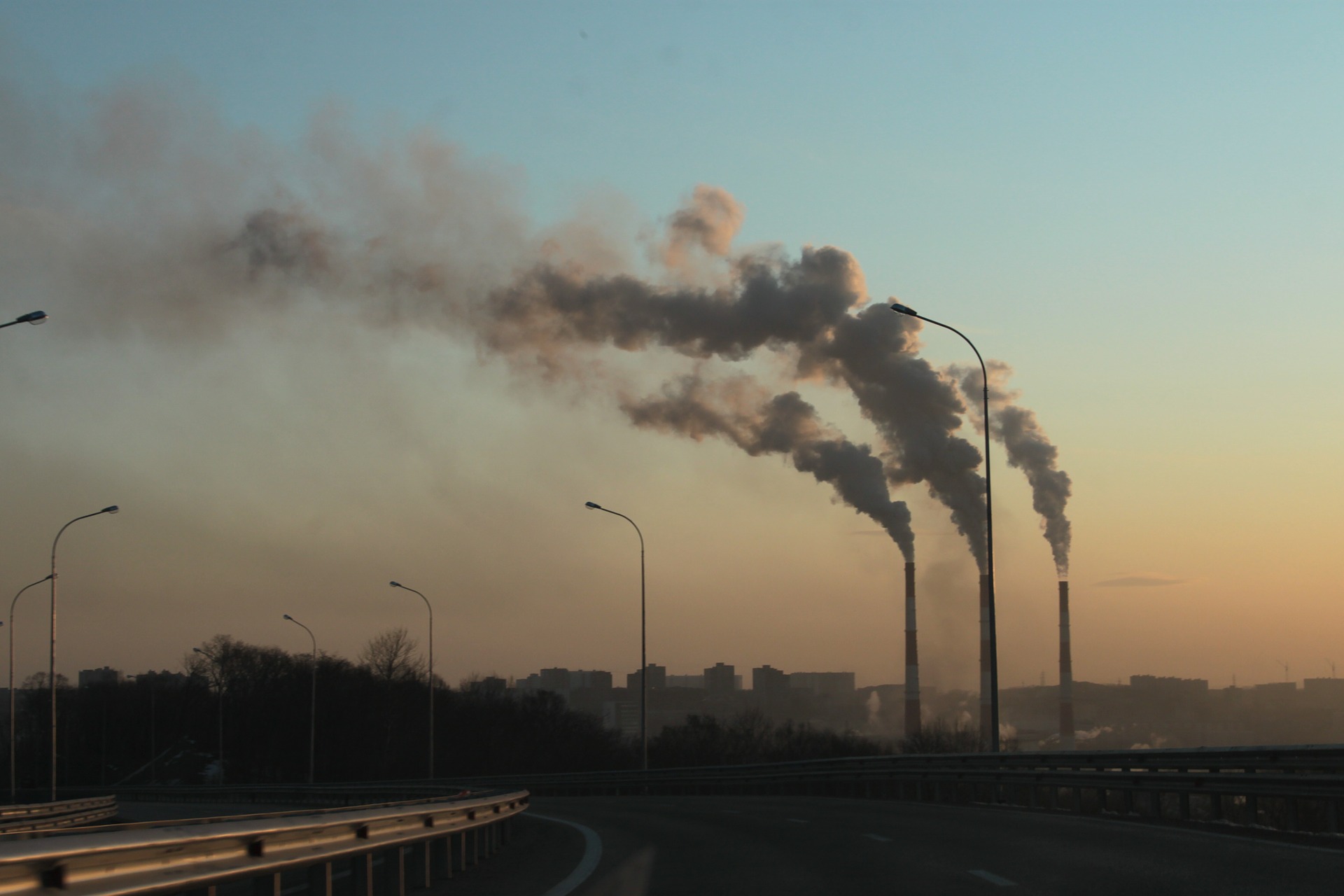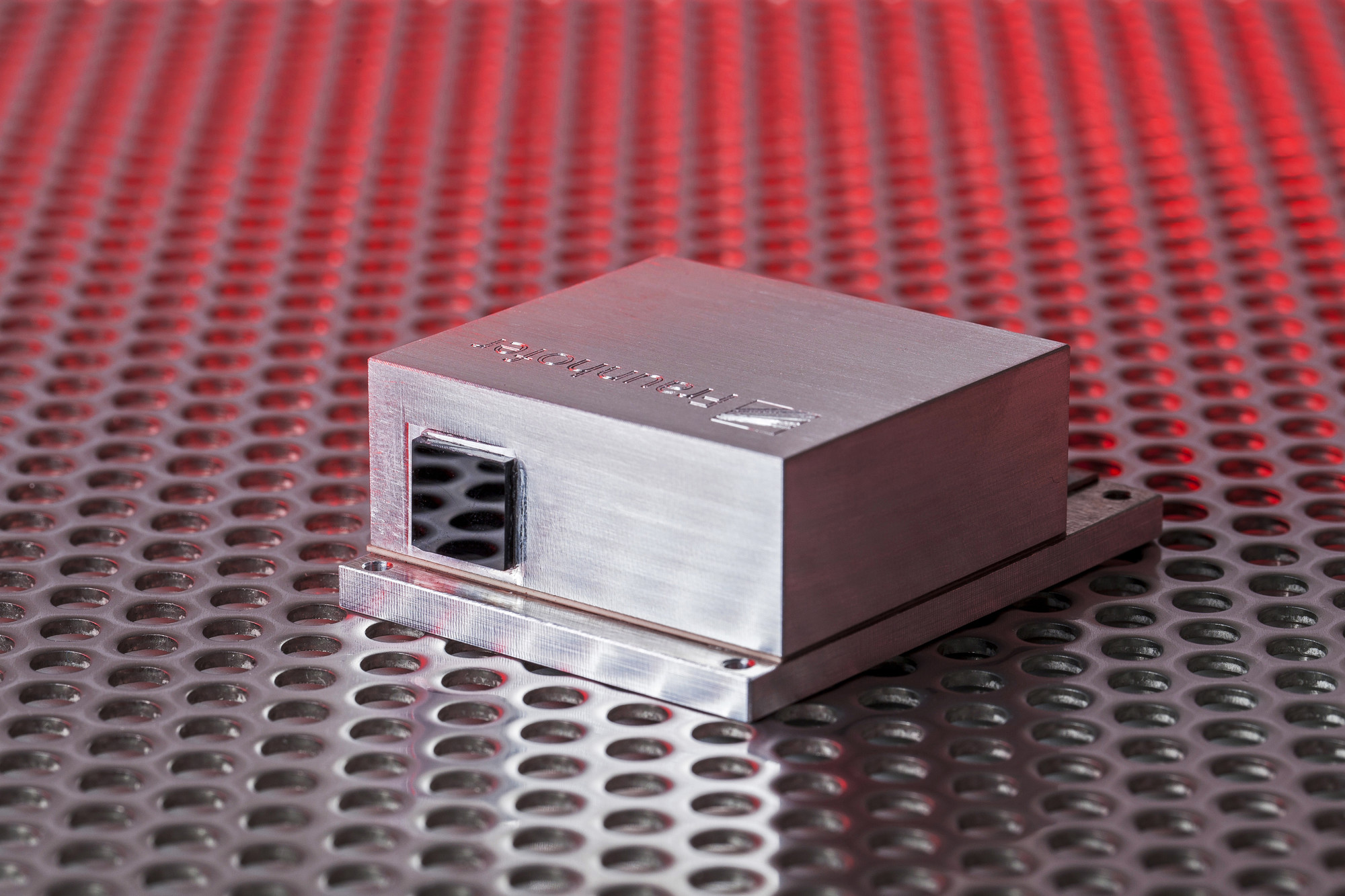44th Freiburg Infrared Colloquium at Fraunhofer IAF
Infrared Technology for Space, Climate and Security
Infrared (IR) technology such as night-vision devices that detect heat emission of people, buildings and objects to see in complete darkness are commonly known. Beyond this, IR technology such as detectors and lasers find broad application: In aerospace, they provide information about atmospheric compositions of our planet and other exoplanets. Earth observation satellites use detectors to study the climate by using infrared spectroscopy to detect greenhouse gas emissions or other chemical substances in real time. Furthermore, infrared lasers have also become an indispensable tool for medical diagnostics and therapies. To promote these studies and developments, specialists of IR photonics and optoelectronics will meet at the 44th Freiburg Infrared Colloquium. The two-day workshop takes place from March 19-20 at the Fraunhofer Institute for Applied Solid State Physics IAF in Freiburg, Germany.



More than 100 international representatives from universities, research institutes and industry will partake in the exchange and knowledge transfer at the biannual Infrared Colloquium. »This year’s program includes more than 40 specialist talks on the newest research results, optimized production processes of devices, product developments and applications in different industrial sectors«, says chairman Dr. Robert Rehm. Scientists of Fraunhofer IAF will present their developments in the field of photodetectors and quantum cascade lasers. Seven invited speakers will speak about pioneering topics from the industry.
Space missions and trace gas analysis
Infrared detectors are an indispensable tool for earth observation from space and for studies of the processes in our solar system and beyond. Olivier Saint-Pé (Airbus Defence and Space) will give a talk about the criteria and requirements that the next generation of IR sensors and instruments needs to meet for future space missions.
Another component from infrared technology has already made it to space. The interband cascade laser (»IC laser«) was successfully used by the NASA Rover »Curiosity« to detect methane on Mars. The high-performance IC lasers are characterized by their low energy consumption and are being used for various spectroscopic measurement applications in process and environmental analysis. In his talk, Prof. Dr. Rui Q. Yang (University of Oklahoma), who developed the concept of IC lasers in 1994, will review the unique characteristics of this technology and its current state of the art.
The detection of chemical substances is also the topic of Dr. Johannes Paul Waclawek’s (TU Wien), who will introduce new trace gas sensing methods in the mid-infrared. Gases often pose a threat to human health and the environment, which is why a constant surveillance of smallest traces is necessary. With the help of indirect photoacoustic or photothermal measuring methods, emission, industry and process gases can be detected precociously, and people and the environment can be protected from harm.
High-resolution and high-performance thermal imaging cameras
Scientists of Fraunhofer IAF will present various current trends in the field of semiconductor lasers and photodetectors. From the latter, Dr. Frank Rutz shows the newest developments of high-performance matrix and single detectors based on antimonic type-II superlattices and indium gallium arsenide (InGaAs). In the shortwave infrared range, highly sensitive InGaAs based cameras allow for night vision systems that capitalize on atmospheric OH lights. »The superlattice detectors for the mid- and longwave infrared developed at Fraunhofer IAF are unique worldwide. They allow for high-performance thermal imaging cameras with high spatial resolution which either operate in the classic monospectral mode or have the capability of color vision in the infrared«, explains Rehm, head of the business unit »Photodetectors« at Fraunhofer IAF.
Real-time surveillance with spectroscopy
In the field of semiconductor lasers, Fraunhofer IAF develops optically pumped semiconductor disk lasers for medical applications and quantum cascade lasers for spectroscopic sensors. Spectroscopy in the mid-infrared is of high importance for the identification of numerous chemical compounds. Every chemical substance absorbs a distinct amount of infrared light, which in turn can be identified like a human fingerprint via optical methods. Real-time surveillance in this spectral range provides valuable information and can be used for a wide range of applications: For instance, for medical purposes, cancer diseases could be diagnosed earlier and the food and pharmaceutical industry could use it to ensure their product quality. The contact-free detection of explosives and toxic substances in real time helps with the on-site detection of hazardous substances to prevent terroristic attacks or to investigate accidents at industrial plants. Dr. Marko Härtelt’s contribution will present the newest results in the field of quantum cascade lasers that have been developed in a joint project between Fraunhofer IAF and Fraunhofer IPMS.
About the Freiburg Infrared Colloquium
Already for the 44th time since its founding in 1971, the Freiburg Infrared Colloquium will bring reknown international participants from different economic and scientific sectors together. The two-day workshop offers a unique forum for discussions of current and relevant issues for the development of infrared technology as well as their use in various sectors. The workshop’s aim is the exchange between different players, the strengthening of international collaboration and the promotion of the research and development of infrared technology.
The use of this photographs is only permitted in relation to this press release.
Last modified:
 Fraunhofer Institute for Applied Solid State Physics IAF
Fraunhofer Institute for Applied Solid State Physics IAF